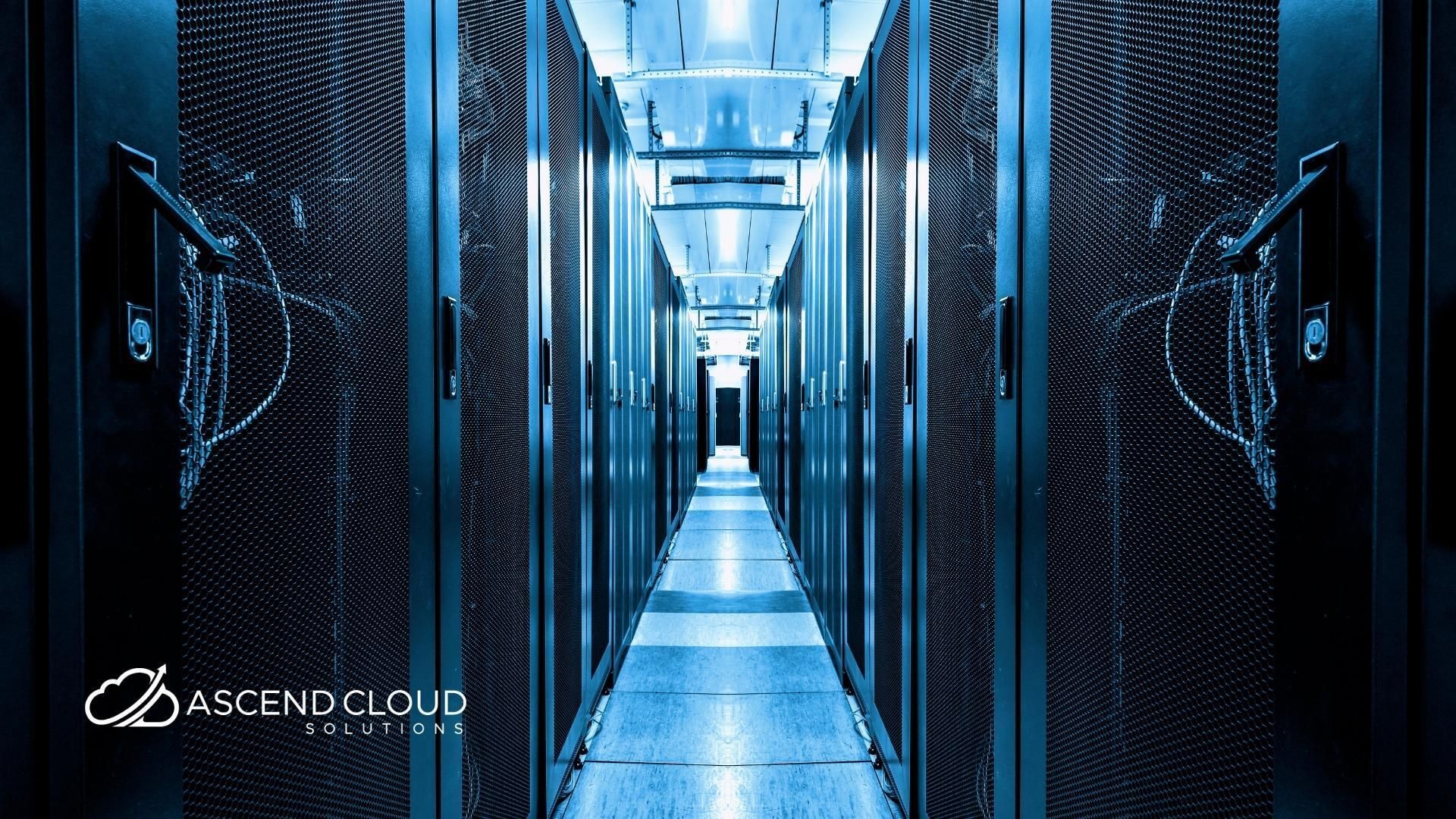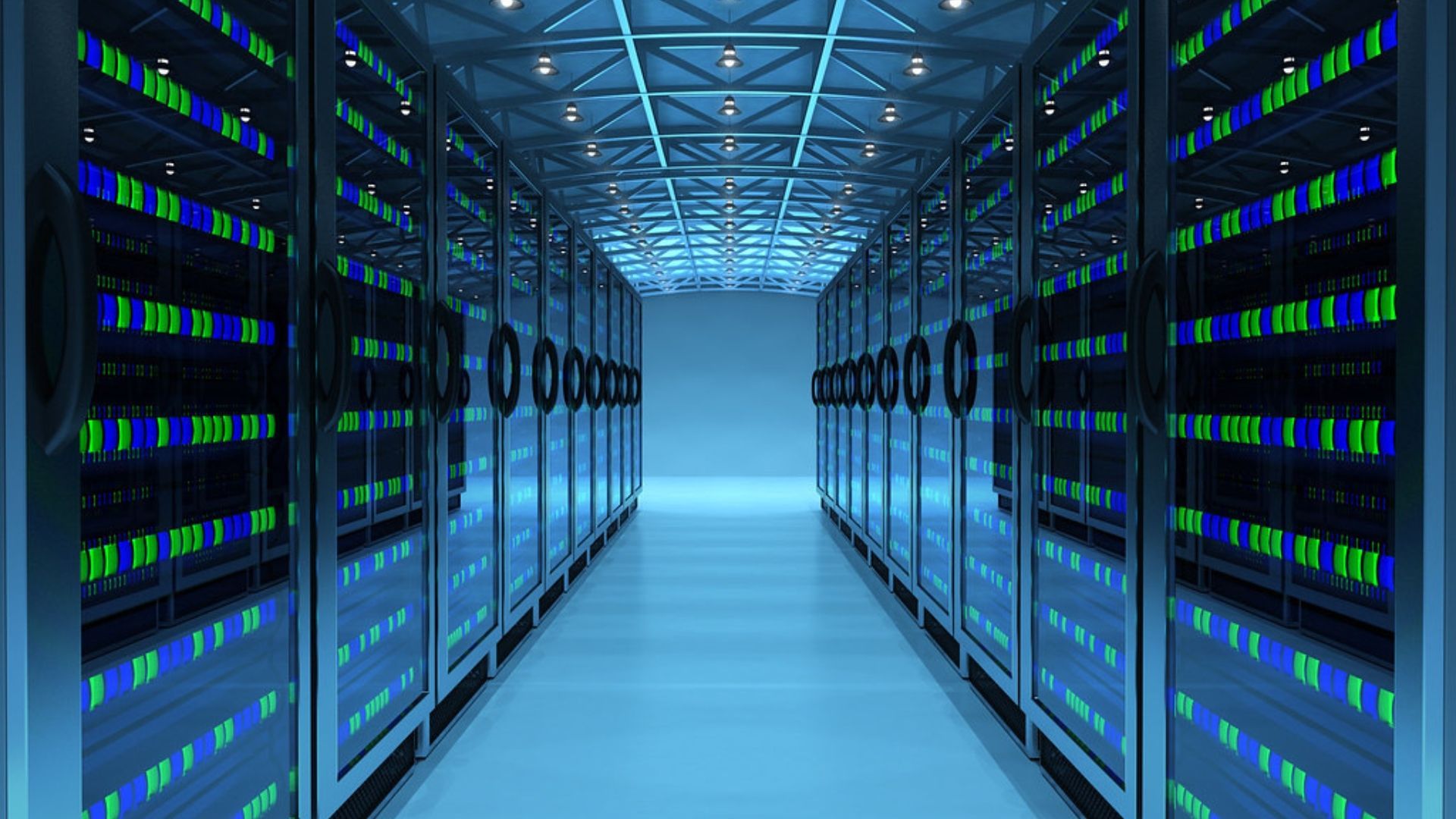A quick tour of the VMware SDDC
Looking into cloud migration and unclear what the VMware SDDC is? This article breaks down what it does and how it fits in with other cloud technologies.

What is VMWare?
VMWare is a software company that develops and sells enterprise-grade virtualisation software.
Before we go any further, there's a couple of things to break down here. First, what is it for? And secondly, how does it fit in with other cloud technologies?
Let's start with the basics. When you store applications and data in the cloud, they're being held in big boxes of data in warehouses. These physical servers are running the show – if one gets damaged, you run the risk of losing data.
Businesses can use private, public or hybrid clouds. A private cloud is where the infrastructure is dedicated to a single user organisation. A public cloud is where you share these servers with other customers.
The data itself resides in data centres and the data is accessed over a network. These data centres are dotted around the globe. So what does it mean to say that they're "connected" to the cloud?
This is where virtualisation comes in. It creates a software-based or virtual representation of applications, servers, storage and networks.
Virtualisation software isn't produced by the same people who are providing cloud storage. It's kind of like a virtual cable running between physical servers and the cloud – though, as we'll see, it's a cable made up of several strands.
There are many providers of virtualisation software, including Microsoft, Red Hat, Citrix, Oracle and VMware.
What is an SDDC?
So, the cloud that you're accessing at work is powered by the distant hum of a data centre. VMWare creates useful, usable networks using that off-site hardware – and it's called a "software-defined data centre" or SDDC for short.
Just to reiterate: these SDDCs aren't the same as cloud services. They are software versions of physical metal servers that the cloud provider is renting out to you.
What is the SDDC stack?
VMware's SDDC isn't one bit of software, but a collection of softwares. Together, they form a "stack" which does the job of virtualising physical servers, storage and networks.
How is the stack like Lego?
The VMWare software that you install consists of three core building blocks. These fit together like Lego.
Your three core pieces are vSphere, vSAN and NSX. Each of these handles a different function of the physical servers – because all of those physical servers' processes need to be virtualised.
vSphere virtualises "the compute" piece – in other words, the CPU and RAM. vSAN virtualises storage. And NSX virtualises network and security.
These three pieces of software click together to create the SDDC stack.
On top of these blocks goes the vCenter. As the name suggests, this is the overseeing eye that controls everything – kind of like a digital control tower.
These blocks are bundled together as VMWare Cloud Foundation (VCF).
So, to recap: we have a stack of softwares which together virtualise a data centre.
And that's key: VCF virtualises a data centre. On its own, it doesn't have the functionality to manage more than one.
But VMWare also offers software that manages multiple data centres from a single source – the vRealize suite.
What's the vRealize suite?
Let's say you want to migrate data and applications from multiple data centres.
Businesses sometimes do this to minimise risk – if your cloud storage is tied to a single data centre, you could lose everything in the event of a fire or other disaster. Using multiple data centres also means that your business is online round the clock – if one data centre has to carry out maintenance, you won't experience it as downtime.
But in order to achieve this, you need a management tool overseeing all your servers.
VMWare offers this in the form of vRealize suite, which is a cloud management platform (CMP). It's like the central block onto which you can attach your individual data centre stacks.
vRealize has four core Lego pieces of its own:
- Operations
- Automation
- Business
- Log Insight
So what can a CMP do that a single data centre can't?
Let's say you have two data centres that need to be virtualised and run on the cloud. They're managed by their individual SDDCs. But by joining both to a CMP, they become spokes in a wheel with a central management hub.
On top of this, there's the VMWare Cloud Provider Programme. VMWare partners with cloud providers who use their VCF (VMWare Cloud Foundation) for virtualisation. These, too, can be integrated into the CMP.
So we've come a long way – from the virtualisation of a single data centre, to a central management tool that can oversee any permutation of physical and cloud servers.
Key takeaways Virtualisation software exists to create a usable network that digitises the processes of physical servers. VMWare's SDDC stack consists of several bits of software, each of which virtualises a different function of the physical server. The stack is overseen by vCenter. Taken together, the stack and the vCenter are sold as VMWare Cloud Foundation (VCF). The vRealize Suite takes this further, offering the management of multiple data centres, both physical and cloud-based.
How we can help you
At Ascend,
we are trusted VMware cloud experts
. We have the experience and knowledge to handle migrations to any VMware-based cloud – public, private or hybrid.
If you need assistance
, please don't hesitate to
get in touch
.











